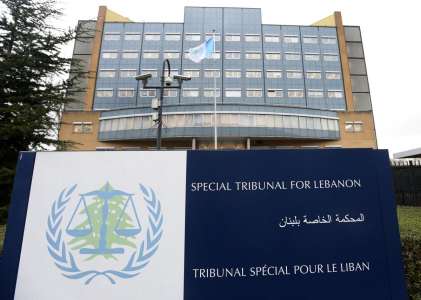
Dutch banks combine forces to combat terrorist financing and money laundering
Combating money laundering and terrorist financing remains very much the focus of enforcement authorities worldwide. For example, the European Commission recently issued a draft package of measures that will completely overhaul EU anti-money laundering (AML) and counter-terrorist financing (CTF) legislation.
Considering the ever more complex methods criminals use to funnel proceeds of crime into the financial system, obliged entities under national AML frameworks, particularly banks, face multiple challenges in their efforts to meet their legal obligations.
In this blog post, we look at an initiative by a group of major Dutch banks to combat money laundering and outline some key legal considerations when rolling out similar initiatives in other jurisdictions.
Typically, money laundering involves three steps: placement, layering and integration.
After the proceeds of crime are introduced into the financial system (placement), the funds are moved around via several transactions in order to conceal their origin (layering). Once an asset can no longer have its illegal origin traced, it can be used to acquire other assets (integration).
One of the key challenges when trying to identify money laundering is that each bank can only monitor the transactions in accounts administered by itself.
If a bank is unable to see a series of transactions across institutions, a transaction on its own is unlikely to raise any suspicions. But if it can see the trail of transactions (known as the ‘follow the money’ principle), money launderers face a much higher chance of being caught.
Called Transaction Monitoring Netherlands (TMNL), five major Dutch banks have developed a first-of-its-kind mechanism to collectively monitor transactions and identify patterns that indicate money laundering or terrorist financing.
The affiliated banks, which govern and finance the initiative themselves, encrypt their transaction data and send it to TMNL. (To allay data privacy concerns, the banks only exchange data where necessary and legally permissible.) The TMNL can then monitor the transactions as whole. If it identifies an unusual series or pattern, it reports back to each bank involved for further assessment. The results are then reported to the Dutch financial intelligence unit.
As well as helping law enforcement authorities prosecute and convict more money launderers, the TMNL will enhance the banks’ corporate social responsibility credentials. And if TMNL proves a success, other banks may choose to join.
The above issues require close co-ordination between all parties and could suit a public-private partnership (PPP). Indeed, the EU recently opened a public consultation concerning PPPs for preventing and combating money laundering and terrorist financing, which will close early November 2021.
With the first results of the Dutch initiative expected later in 2021, we might be well on our way towards a system that can keep money laundering and terrorist financing very much in check.
Source: Fresh Fields





